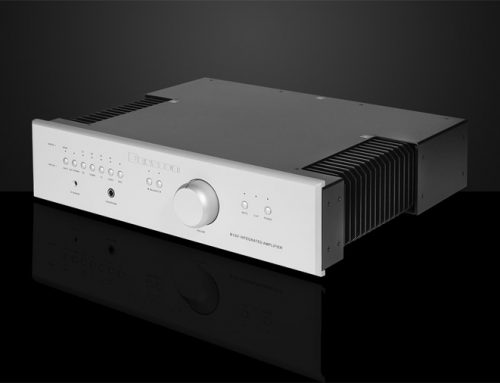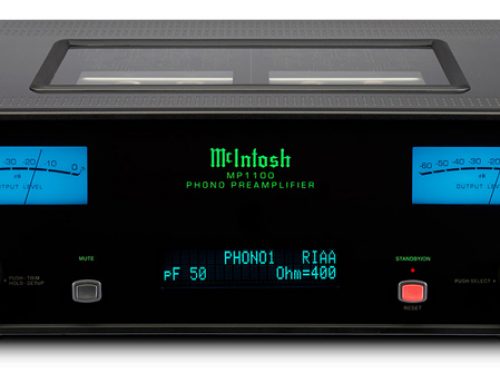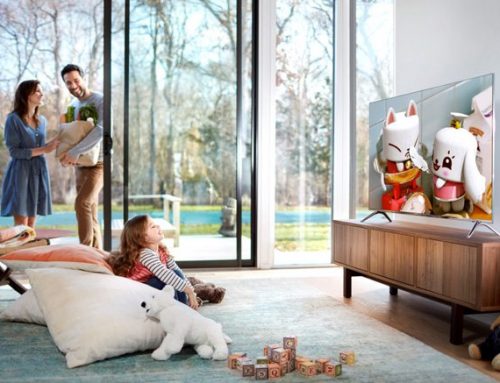Setting up a home theater can be complicated, there’s no doubt about it. Many high-end setups require the services of a custom installer. But most people that purchase audio video equipment set it up by themselves. The danger in setting up a home theater by yourself is that if you’re not very familiar with what you’re doing, you may not be doing it properly. In fact, this is a problem many audio video consumers experience. The lack of proper connections and configurations can seriously compromise the quality of a home theater.
It’s been a few years since the introduction of the first home theater in a box, but the concept caught on so quickly it even picked up its own acronym – HTIB. As its name implies, an HTIB contains all the components of a home theater except a television. These components generally include a home theater receiver, a CD/DVD player, 4 or 5 small speakers, a subwoofer, and cables required to connect everything. Although most HTIB packages can’t deliver sound that real home theater speakers can, they certainly deliver ease of setup and require little space. But industry professionals have mixed opinions about HTIBs because they are steering some consumers away from purchasing their quality home theater products. Others see HTIB packages simply as a gateway system that will introduce an increasing number of consumers towards a more proper home theater. Whichever side you’re on, one thing is for sure – HTIBs are here to stay. Sales have been rising every year since its introduction.
From the $200 to $500 entry-level package, HTIBs have come a long way since they first appeared. The initial wave was aimed towards the budget-minded customer. This did allow many people to bring the surround sound experience to their home with a very small budget. Fast forward to today andyou’ll find an increasing number of manufacturers bringing their version of an HTIB to the market. Mid to higher-end HTIBs are also making their ways to the market from manufacturers like Onkyo, Klipsch, KEF and Infinity.
Below we investigate the good and the bad of the Home Theater in a Box concept.
The Good
Not everyone has a few thousand dollars or more to spend on a good quality home theater system. An HTIB allows those with a much smaller budget to enjoy the experience of surround sound at home. All it takes is a few hundred bucks.
But HTIBs are not just for the budget-minded. Their compact size means that you can set them up virtually anywhere in your house – the living room, bedroom, kid’s room or den. The small speakers of an HTIB can be mounted on stands, placed on top of furniture, mounted on a wall or even the ceiling. Of course they are also a perfect solution for the student living away from home that enjoys watching DVDs in their small space.
Simplicity is another beauty of the HTIB. An average HTIB can be set up in less than 30 minutes. That’s very quick when compared to setting up a home theater from separate components that can take hours if not days. While enthusiasts enjoy fiddling around with their audio video equipment, the average consumer prefers a one time setup that they don’t have to touch again. HTIBs generally come with straight forward, step-by-step instructions that are easy to follow even if it’s your first time setting up a surround sound system. In some packages you may find cables that are labeled, colour-coded or come with connectors that can’t be plugged in incorrectly. Most HTIBs don’t require the user to configure any settings in the receiver. Generally setting up an HTIB involves finding placementfor your speakers, running speaker wires to them, and connecting the receiver to your television. Chances are pretty good that you won’t even have to read the manual.
And let’s not forget about the looks. The small speakers or satellites of an HTIB are usually made out of composite materials that allow the speakers to take unique shapes. You’ll also find receivers that steer clear of the generic receiver look. Most packages feature lifestyle designs and colours meant to match today’s flat panel televisions.
In a nutshell, an HTIB is an inexpensive solution that allows you to enjoy surround sound in virtually any room. Today, these packages are available even at big box stores and start as low as $200, which leads us to the next topic…
The Not So Good
Unfortunately not everything about an HTIB is good. Many packages usually suffer from poor quality materials and construction. Particularly speakers tend to get the shorter end of the stick. You’ll find that many HTIBs have bandwidth-limited speakers that simply cannot deliver the kind of sound quality that larger, full-range speakers can. Low-cost subwoofers are under-powered and produce unnaturally boomy sound that does not blend well with the speakers in many cases.
The receivers bundled in these packages also have their limitations. While a very small amount of amplifier power is necessary to produce sound from a speaker, a much greater amount of power is required to produce good quality sound.
In other words, poor quality speakers and amplification lend themselves to lack of deep bass, inability to play at a lifelike volume, lack of clarity and detail. In the world of audio video products, the cheaper the system, the greater the likelihood that it is of poor quality.
No less important are the limits of upgradeability of an HTIB. Most receivers have a very limited number of inputs and other connection facilities for hooking up additional sources. Don’t expect to find DVI or HDMI outputs here. Because of their all-in-one design adding a new DVD player or recorder in the future may not be possible at all. Unique connectors that make setup easy may also prove to be an obstacle for future upgrades. And don’t think of upgrading speakers for your HTIB. Many of these systems are internally equalized for the speakers that come with them in order to make them sound as good as possible.
Of course, we should keep in mind that most manufacturers don’t expect you to build a true home theater around their HTIB package. But keep in mind that there are some pretty good quality HTIBs out there, with more on the way from higher-end manufacturers. As mentioned above, HTIBs are a good choice for secondary rooms, cottages and small spaces. They allow consumers with a small budget to get a piece of the surround sound action without having the headaches of configuring a full-blown home theater system.






